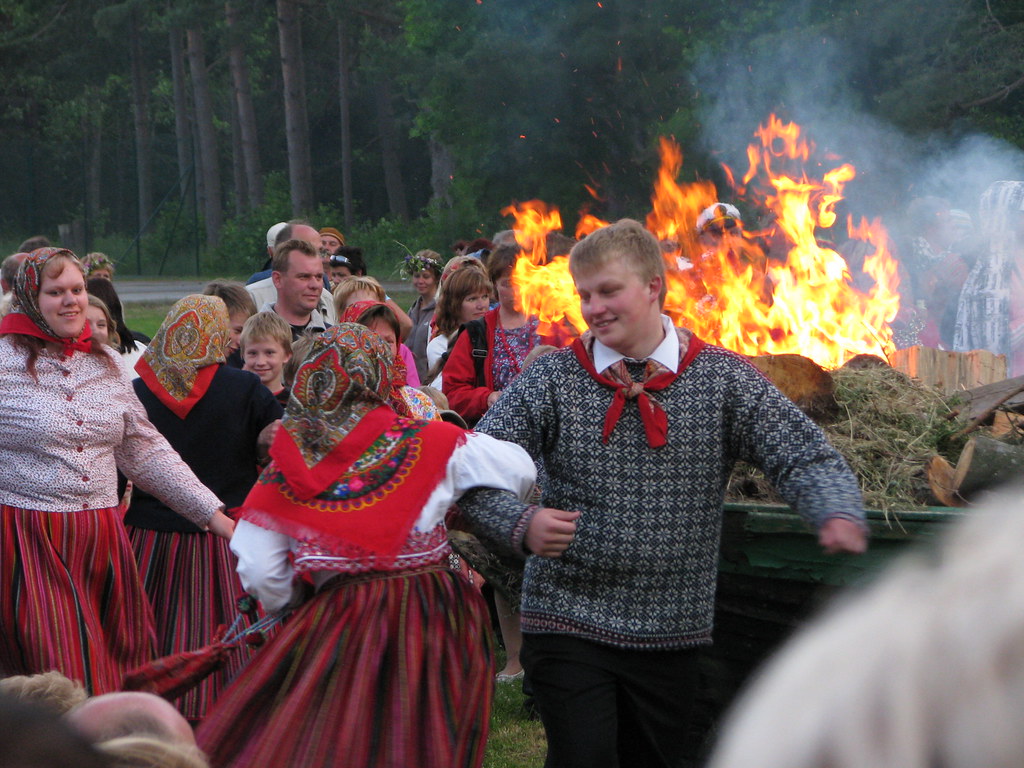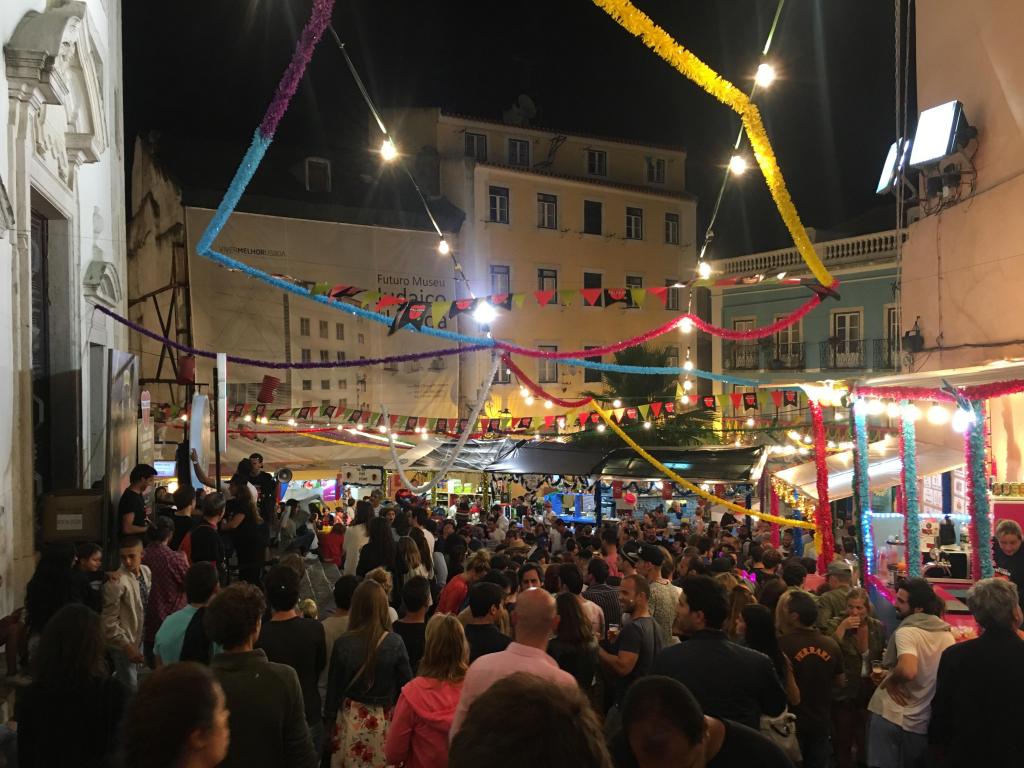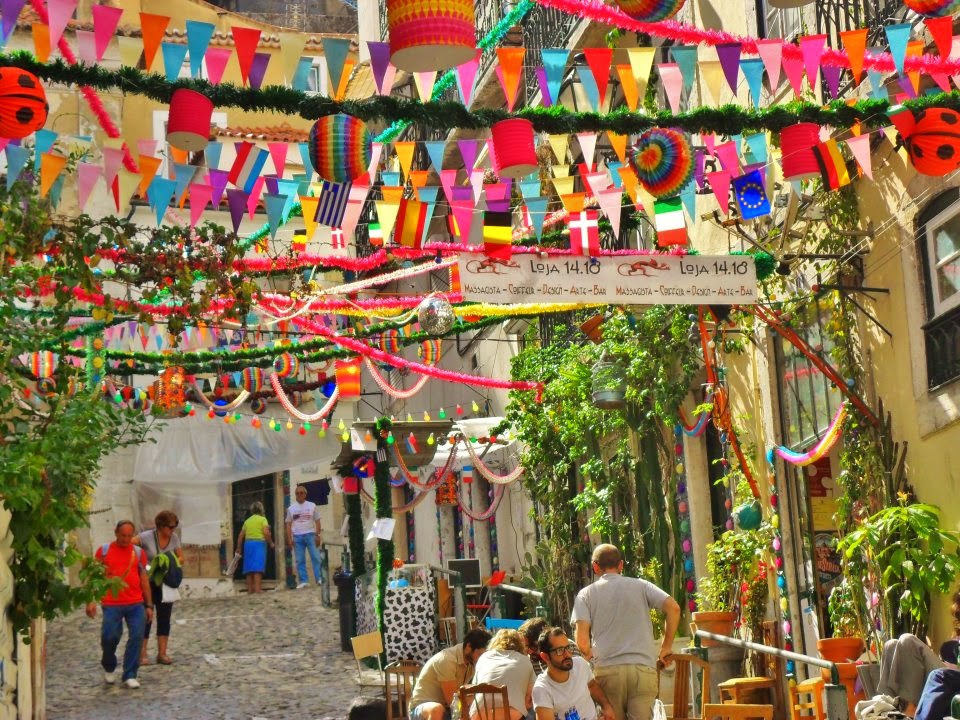Share




It is during the summer that we get to relax and travel around. But, when exactly does summertime start? That would be the day of the summer solstice; the day the Sun is farthest North from the Equator, and the North Pole is tilted directly facing the Sun at about 23.5 degrees. This generally occurs on the same day every year, 20/21 June; the longest day of the year in the northern hemisphere. However, the date can change from year to year because of the human calendar, usually counted as 365 days, when the astronomical year is actually 365.24 days long. Hence, according to the leap year system, which adds an extra day to the calendar every four years, the day of summer solstice flops around.
Despite being the longest day of the year, the first day in summer is not the hottest. Earth’s oceans and atmosphere act like heat sinks, absorbing and radiating sunrays over time. So, even though the planet is absorbing lots of sunlight on the summer solstice, it takes several weeks to release it; as a result, the hottest days of summer usually occur in July or August.
It is to be noted that the June solstice marks the beginning of summer in the northern hemisphere, simultaneously heralding the beginning of winter in the southern hemisphere because the South Pole is tilted away from the Sun, making it the shortest day there. So, if you ever have enough of the summer heat, all you have to do is pack your bags and head south.
Not only do the people who live north of the Equator experience the longest hours of daylight during that season, but the Sun does not set at all in the Arctic circle, remaining visible even during the night, hence dubbed “Midnight Sun”. On the other hand, the Sun remains unseen during this time of year in the Antarctic Circle. These two extremes do not apply to places on or near the equator.
The word solstice is from the Latin word solstitium, meaning “sun-stopping”; the Sun stands still in declination so that its apparent movement north or south comes to a standstill.
Summertime in the Ancient World
The beginning of summer has long held importance since ancient times. Our very own ancestors, the Ancient Egyptians, marked the summer solstice as a time for celebrations and ceremonies. It was a time marked for its fertility since it was when the flooding season of the Nile commenced, leaving the soil fertile with its healthy deposit of silt, allowing the Ancient Egyptians to plant their harvest.
Ancient Egyptians believed that the tears of Isis, mourning her deceased husband Osiris, were what made the river rise and flood the Nile valley so they held special ceremonies to honor her during that time of the year. Accurately predicting the floods was of great importance; the appearance of Sirius, the brightest star in the night sky, which occurs around the time of the summer solstice, was recognized as the beginning of the Egyptian New Year.
The summer solstice also marked the time Horus, the solar deity, defeated his uncle Set, the deity of darkness and evil. When balance and order were restored, and Horus became victorious, the Nile would flood and bring the Nile valley back to life.
The Ancient Chinese also found the time of the June solstice to be of great significance. During that time, they held ceremonies to celebrate and honor the Earth and the feminine force known as Yin; they also marked the day by honoring Li, the Chinese goddess of Light. This time was connected with femininity because the lands would be fertile and ready for harvesting; temperatures would be on the rise, sunshine and rain were in abundance, providing the best condition for growing crops.
The Ancient Chinese were able to determine the time of the summer solstice by reading the measurements of the shadow cast by a pole. They observed the Sun’s cycle and the length of the shadows; they determined that when the shadow was at its shortest, it was because the Sun was at its highest point in the sky, which marked the beginning of summer, while the longest shadow marked the beginning of winter.
For the Ancient Greeks, the summer solstice was a time for several festivals; one of these was the festival of Kronia, which celebrated the agriculture god Cronus. It is obvious that the beginning of summer marked the beginning of the farming season, a time where seeds would come to fruition and provide for the rest of the year. The summer solstice also marked the one-month countdown to the opening of the Olympic Games.
Many monuments built in ancient times were aligned in relationship to the Sun; Stonehenge in Britain being one of those. This circular stone formation was built thousands of years ago and has withstood the test of time. It is firmly associated with the solstice because, when the Sun rises on the day of the summer solstice, it is in line with one of the stones called the “Heel Stone”; the first sunrays shine through a stone archway into the centre circle.
Until this day, Stonehenge is an enigma, its purpose has never been fully discovered and there are various interpretations as to the reason of its existence. Some people believe that it was used as some sort of calendar, and that by seeing how the Sun aligned with the stones one could tell what time of year it is. It is believed that the Druids of Ancient Britain would perform rituals during the summer solstice at Stonehenge.

To this day, just like in the days gone past, people still come to Stonehenge every year to witness the summer solstice. Thousands of people go, each for their own purpose; some come to have a spiritual experience like the modern Druids, others come to silently watch the Sun rise and bathe Stonehenge in its golden rays, while others are there to join in the festival, where dance, food and music are all readily available. All are united in their celebrations of the coming summer.
Summer Traditions that Live On
Stonehenge is not the only place in the world that witnesses celebrations to welcome the coming of summer. The Swedes have quite a fondness to celebrating the summer solstice; it is of such importance that it is a national holiday, which they call Midsommardagen.

One of the traditions upheld by the Swedes that dates back to their ancestors, the Vikings, is the decoration of a big maypole with greens and flowers; making sure it covers the whole pole. It is then raised and secured, and people commence dancing around the ornamented maypole. Besides dancing, people enjoy listening to traditional music, wearing traditional costumes, and making crowns out of flowers and wild sprigs to adorn their heads. Food is also present, especially the new potatoes of the season, which would be used in making traditional Swedish dishes.
In Estonia, Jaanipäev (John’s Day) is celebrated on the eve of the summer solstice; it was celebrated long before the arrival of the Christian religion in Estonia, which is why remnants from the ancient festivities can still be seen today. One of the best-known rituals is the lighting of a bonfire; it symbolizes prosperity and avoidance of bad luck, scaring off any evil spirits who happen to be lurking around.

Santos Populares festival (Saints’ days) in Portugal is a time to be merry and enjoy oneself; the summer solstice is celebrated as part of the festival. The celebrations are like one big street party where streets are decorated with balloons and brightly colored paper. There are Marchas, which are big parades of folklore and costumes of the inhabitant’s from the different traditional quarters in the city. The audience lining the streets would cheer on the huge numbers of dancers and singers. People also celebrate by dancing in the city’s squares and eating good food like Caldo Verde (cabbage and potato soup) and Sardinha Assada (grilled sardines).

One of the saints celebrated is Saint Anthony who is known as the matchmaker saint, so it is a tradition to hold multiple marriages of perhaps 200 people or more. However, if you are still not yet ready to tie the knot, you can simply declare your feelings for someone by giving them a flower pot with a sweet basil plant, and hope the other person will appreciate the smell of that basil!
In the Far East, the scene changes somewhat. In Japan, Hangeshou is a custom related to the summer solstice, falling on the 11th day after it. The day marks the end of the rice planting days; people pray that the rice plants take hold of the Earth and grow well and strong.

In some countries, elaborate celebrations has long been held to celebrate the commencement of summer; rituals are upheld, special foods are cooked and eaten, and music is played. To all, it is a time to be happy and merry. But, nowadays, in many modern cultures, the occasion goes uncelebrated and unremarked. Yet, after the cold winds of winter, we all still anticipate the coming of the warmth of summer in eagerness. The universal fact remains that we all cannot wait for the summertime to start because it is the time for fun!
*The article was published in the PSC Newslertter, Summer 2012 issue.
References
news.nationalgeographic.com
k-international.com
crystalinks.com
timeanddate.com
courtbard.tripod.com